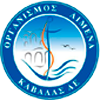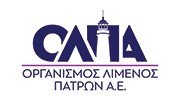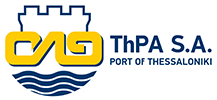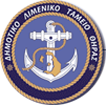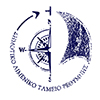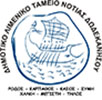The Port of Kavala played an important role in the development and growth of the city, from the ancient times until today and kept the roads to the Aegean Sea and the coast of Asia Minor open. This is how the apostle Paul arrived in Kavala and began spreading Christianity across Europe.
Names
Neapolis (7th century BC-9th century AD)
Christoupolis (9th century AD-14th century)
Kavala (14th century AD- today)
Kavala is a modern seaside city, built amphitheatrically at the foot of the mountain Simvolo, which retains much of its old character.
The city’s history begins from the Prehistoric times and becomes well known as the port of the city of the Philippi during the period of the Macedonian empire of Phillipos B’, father of Alexander the Great. The arrival of the apostle Paul established Kavala as the first European city that accepted Christianity. At the same time the recent history in the end of the 18th century appears interesting due to its industrial activity, especially with the black gold activity: growing and processing of tobacco.
The Old City is located in the rocky cape, still surrounded by its city walls. It is a place of wandering in time and history. Starting from Karaoli sq., pass by Imaret and Mehmet Ali’s courtyard and go up to the lighthouse, so that you can admire the amazing view. Complete your route having as a destination the Castle and the old aqueduct (Kamares) that is located on the other side of the city.
Access: The best way to go to the old town is by the little train that starts from Omonoia sq.
Kamares, the Roman Aqueduct, most likely constitutes the most famous monument of the modern city of Kavala. It is a water supply system that was built so it supplies the city of Kavala during the ancient and Medival times, with water.
The Castle of Castle. The acropolis that we can see today, 65metres long and 17-60 meters wide, is a construction in the 15th century.
MUSEUMS AND FOUNDATIONS
The Archaeological Museum of Kavala is one of the most important museums in Greece. In the museum collections of prehistoric findings are displayed, as well as objects from excavations of Neapolis and findings of the Ancient Amphipoli.
Museum of Tobacco in Kavala. Unique at its kind on a European level, the Museum of Tobacco is housed on the ground floor of the building of the former Hellenic Tobacco Organization, having as a primary goal the promotion of this historic inheritance.
The Municipal Museum of Kavala. The exhibits of the museum are parts of the historic archive, with documents from the English, French and Austrian consulates that operated in the city
The Marine Museum in Kavala. Was created having as a goal the preservation of the naval culture. The Marine museum is located at Kapnergati sq.
The Historical National Museum, Cultural Foudation of N.Karvali is the museum of the Greek-Kappadokian Civilization. It includes modules of dresses, carpets, materials, objects of everyday life and archaeological items from the Hittites.
The Historic and Literary Archive in Kavala is set in 10 parts, the one of the national and the one of the history of Kavala, one of Literature and folklore.
The Town Hall. The town hall building, a miniature of a Hungarian tower, was built around the year 1885. It is probably the most impressive building of the city.
ARCHAEOLOGICAL SITES
Ancient Phillipoi. Fifteen kilometers west of Kavala, the remains of the ancient city of Phillipoi are preserved. The original name of the city was Krinides, named after the settlers from the island of Thasos, who established it. The city was renamed as Philippi by Philipp B’, father of Alexander the Great. Particular importance was acquired by the city after the Roman occupation, due to the Egnatia road as well as the gold mines at the area. The city is a milestone for Christianity, as the Apostle Pavlos there founded the first Christian church in Europe 50AD. In July 2016 the archaeological site of Phillipoi was inscribed on the UNESCO register of world heritage sites.
CHURCHES AND MONASTERIES
Church of St. Paul. The church honors the apostle and disciple of Christ who passed by the city spreading the message of Christianity,
Sacred Monastery of Panagia Eikosifoinissa. It is an imposing monastery located in Mount Paggaio.
BEACHES
Ammoglosa / Keramoti Beach. A well-known Cosmopolitan beach, a peninsula that enters the sea and resembles to an exotic destination. It is about 12 kilometers from the city.
Kalamitsa Beach. An Organized sandy beach that belongs to the municipality of Kavala. It is located in an urban area at the end of the city.
Batis Beach. A sandy beach located 4km west of the city of Kavala,
Perigiali Beach. A sandy beach with free entrance. It belongs to the Municipality of Kavala and is located at the end of the city.
Rapsani Beach. Another sandy beach that belongs to the municipality of Kavala, is located literally in the center of the city.
Ammolofoi Beach. Famous exotic beaches with thin sand and crystal clear shallow waters.
Nea Iraklitsa Beach. A huge organized beach with many benefits and easy access and parking.
Nea Peramos Beach. An organized beach, with easy access.
Attractions that cruise passengers can visit:
• Royal & Ancient Theatre of Philippi (20 minutes from the port)
• Baptistery of St. Lydia (25 minutes from the port)
• Hot springs and mud baths (25 minutes from the port)
• Alistrati Cave (60 minutes from the port)
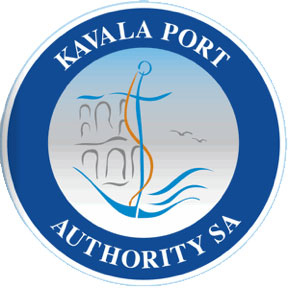

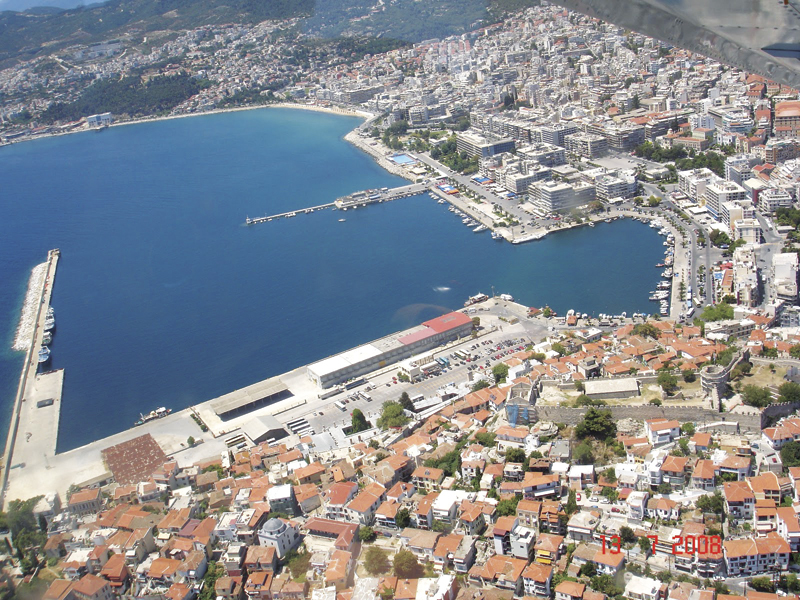
About us Designed and Developed by: Velissarios.info
(c) 2013 HELLENIC PORTS ASSOCIATION


